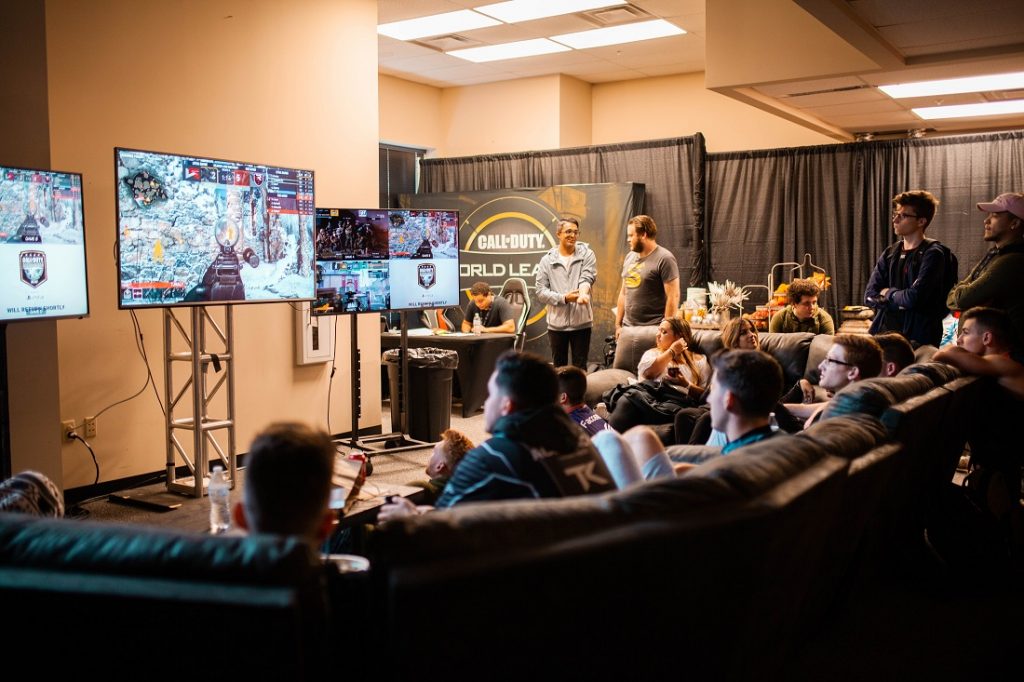Power of Gaming Helps Students Become Great Storytellers
FOR STUDENTS
Language arts classes are all about developing creativity but some students may be reluctant to work on writing essays. The lack of enthusiasm in such classes can be easily explained.

Not all students like working on nonfiction essays, which comprise a significant portion of the class curriculum.
To encourage young learners to compose powerful stories in the classroom, teachers try to apply various tools and innovative approaches. Philip Bird and Evan Manconi, who teach at Monsignor J.J. O’Brien School in Calgary, Alberta, suggested that a gamified approach to writing can engage students in the writing process and make them great storytellers. Teachers’ initiative appeared to be successful and during six weeks, the students managed to write almost 800,000 words, which roughly equal six editions of the Harry Potter series.
In the classroom students were invited into a magical fantasy world called Cataclysm where role-playing would be used to help improve writing skills while developing characters, generating plot twists and creating compelling dialogues.
All conversations in the classroom were focused on what characters should be doing so subtly, all students were involved in the process and members of the discussions were able to tap their creativity more than if they were working on typical nonfiction essays. Bird said that if writing was a muscle, his students got very muscular as a result of the experience.

A gaming platform StoriumEdu was designed by several members of the National Writing Project. The power of playing was applied with the help of such games as World of Warcraft, Dungeons and Dragons, and Minecraft. Students were asked to write in small groups taking turns writing the story about all that happens to the unique characters, strengths and flaws of whom were creatively presented by young storytellers.
The platform provided learners with visuals and writing objectives to keep the plot develop in a way of a three-act structure. The elements of the game were very closely related to the curriculum, which needs to be taught in this particular type of class. Intricate conflicts, controversial character traits, challenging settings belong to the elements, which are meant to be taught inside narrative writing. The project helped teachers introduce these and many other concepts in an unusual but effective form of gamification that is proven to be one of the best ways for learners to absorb the information.
For many students, traditional lessons aren’t effective enough and looking for ways of engaging learners with alternative concepts is important for those teachers who truly want to develop stronger writers.

Students tend to back up if they know that their work will be assessed. In a way, this influences how much the potential of each person gets uncovered. Focusing on intense practice through the game helps students jump right in without any fear since they don’t feel the pressure of doing homework and receiving a high score.
The structure of a game is familiar to most students so engaging the imagination is easy. The opportunity to get a chance of creating your own characters and influence the whole plot can be very alluring for young people. Teachers pinpointed the students’ interests in fiction and the result appeared to be more than satisfactory. Gamification of the learning process once again proved itself to be an effective approach since through playing students found it easy to come up with a good narrative and interesting dialogues. The efforts of brave educators were well spent and according to teachers, unusual innovative approach significantly helped students on their way to becoming better writers.


